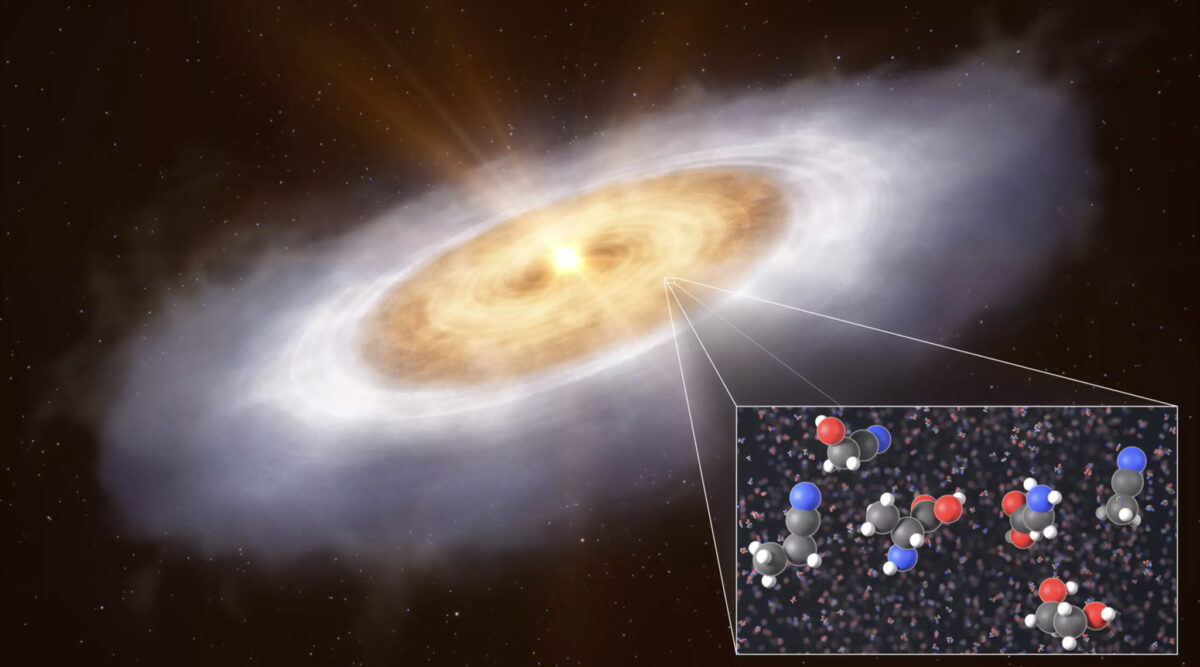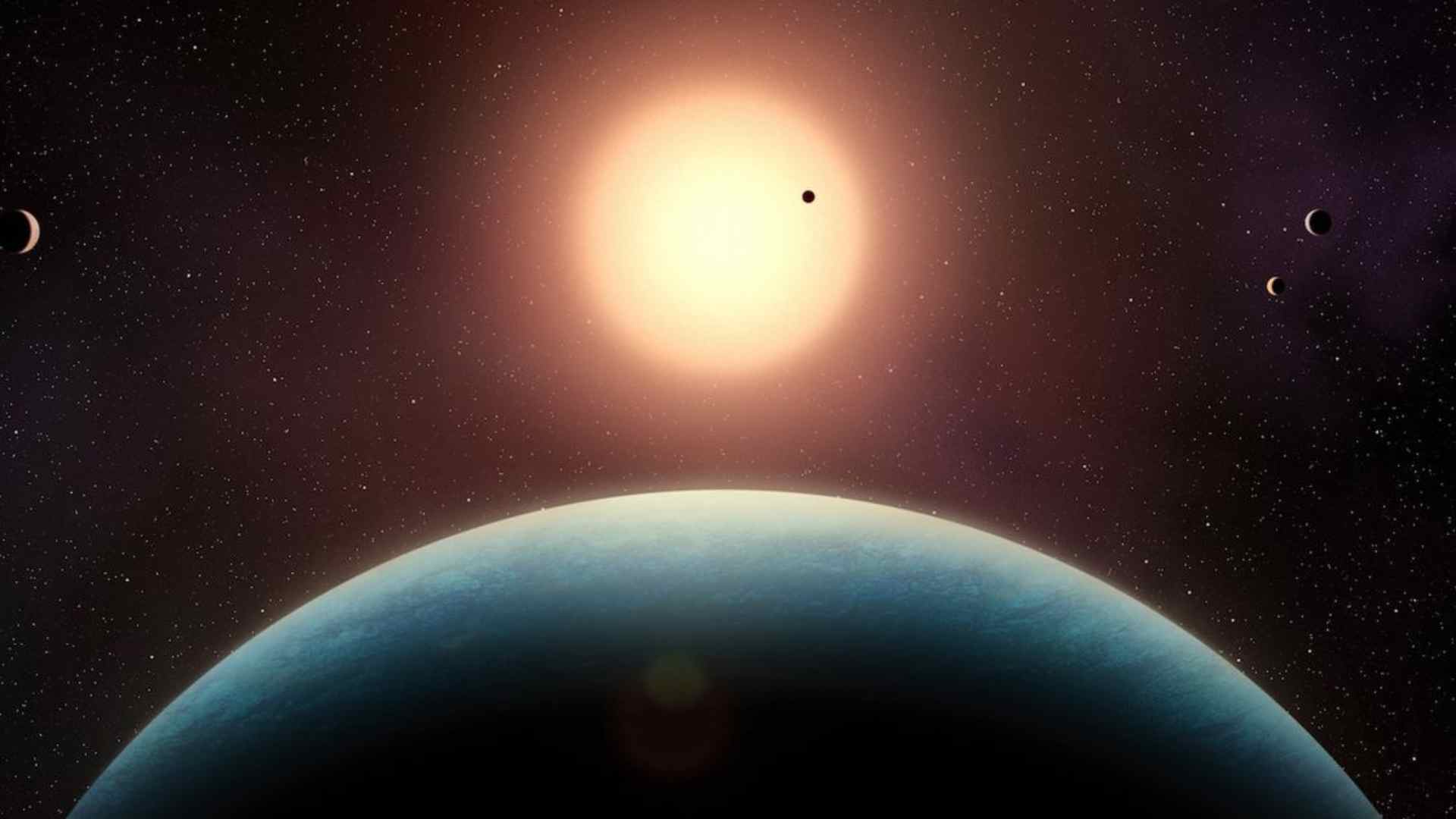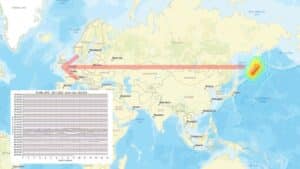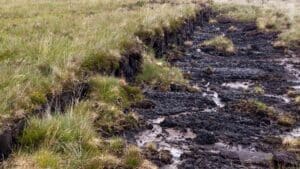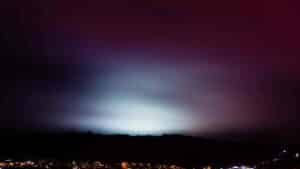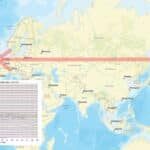
Could Dying Stars Be Behind Sudden Climate Shifts?
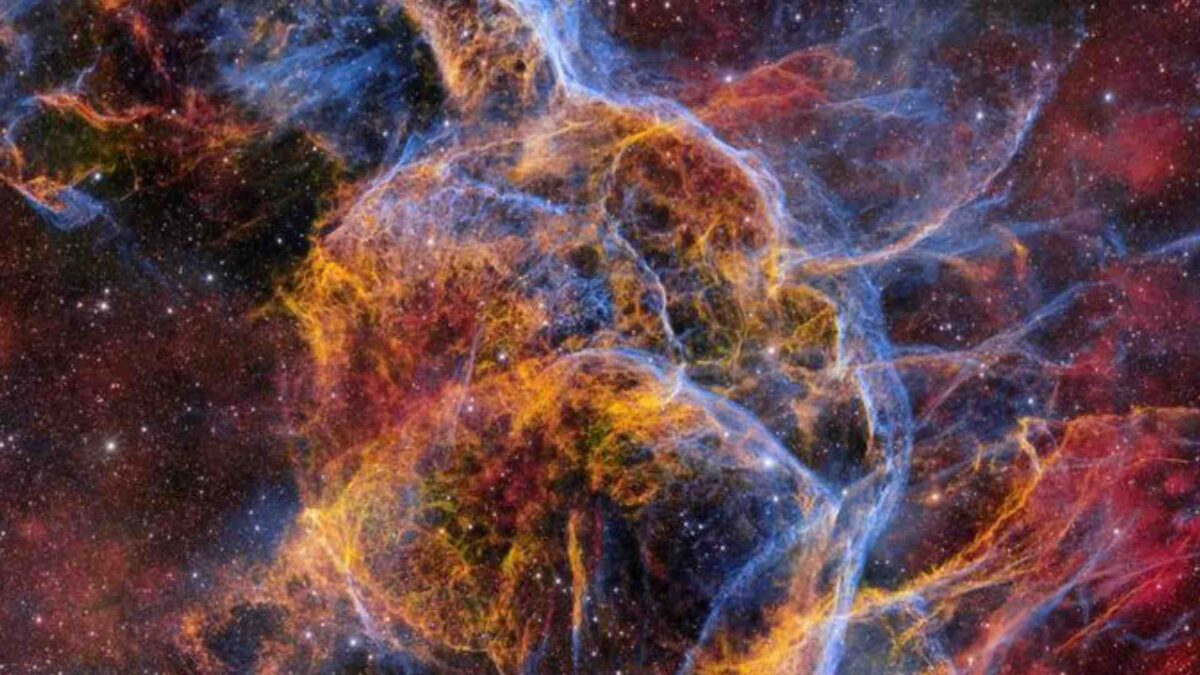
When a star reaches the end of its life and explodes in a massive event known as a supernova, it releases an intense burst of high-energy particles that can travel across space for thousands of light-years. These blasts are powerful enough to affect entire solar systems — and possibly even Earth’s climate.
A recent study, published in the Monthly Notices of the Royal Astronomical Society, explores how nearby supernovae could have triggered abrupt climate changes throughout our planet’s history. Robert Brakenridge, a senior research associate at the Institute of Arctic and Alpine Research (INSTAAR), has developed a model showing how radiation from these stellar explosions could collide with Earth’s atmosphere, altering its chemical makeup.
“We know Earth has experienced sharp environmental changes in the past — the question is, what triggered them?” said Brakenridge.
He suggests that some of these climate shifts may be linked to supernovae whose timing aligns with changes found in geological records — including tree rings and sediment layers.
Tree Rings and Space Clues
To understand how radiation from space might affect Earth’s weather and climate, Brakenridge drew from both astronomical observations and earthly records. Modern telescopes have allowed scientists to better understand the energy released in supernovae. When applied to Earth, this data paints a stark picture.
According to Brakenridge’s model, a nearby supernova could thin the ozone layer and degrade methane in the upper atmosphere. The result? More ultraviolet light reaching the surface and a temporary drop in greenhouse warming — both of which could lead to global cooling, wildfires, and even selective species extinctions.
Since we can’t test these events directly today, Brakenridge looked backwards. By examining 15,000 years of tree ring data — which traps evidence of atmospheric carbon as trees grow — he identified 11 spikes in radioactive carbon. These, he believes, could correspond to known supernovae events in our cosmic neighbourhood.
“The timing lines up. These aren’t just random spikes,” he said.
Supernovae vs. Solar Flares
Of course, supernovae aren’t the only possible culprits. Solar flares — intense eruptions from our own sun — are another contender. But Brakenridge argues the evidence increasingly favours the idea of cosmic radiation from distant stellar explosions.
If true, this discovery could have serious implications for how we prepare for the future. One nearby star, Betelgeuse — visible from Ireland on a clear winter’s night in the Orion constellation — is expected to explode in a supernova sometime soon (in astronomical terms, that means anywhere between tomorrow and 100,000 years from now).
Brakenridge says improved models and continued observations could help us understand not only what’s happened in Earth’s past, but what might lie ahead.
“With more data from astrophysics and climate science, we might one day be able to predict and prepare for these rare but powerful events,” he said.
Share this WeathÉire story:






